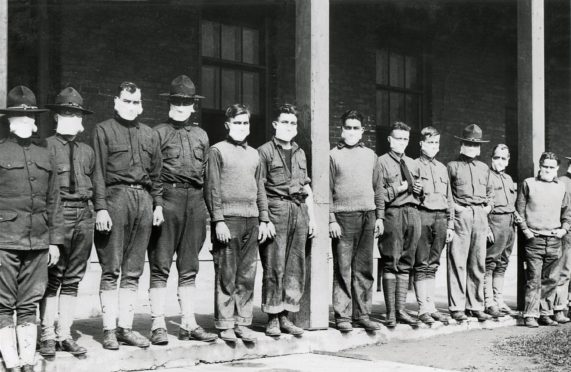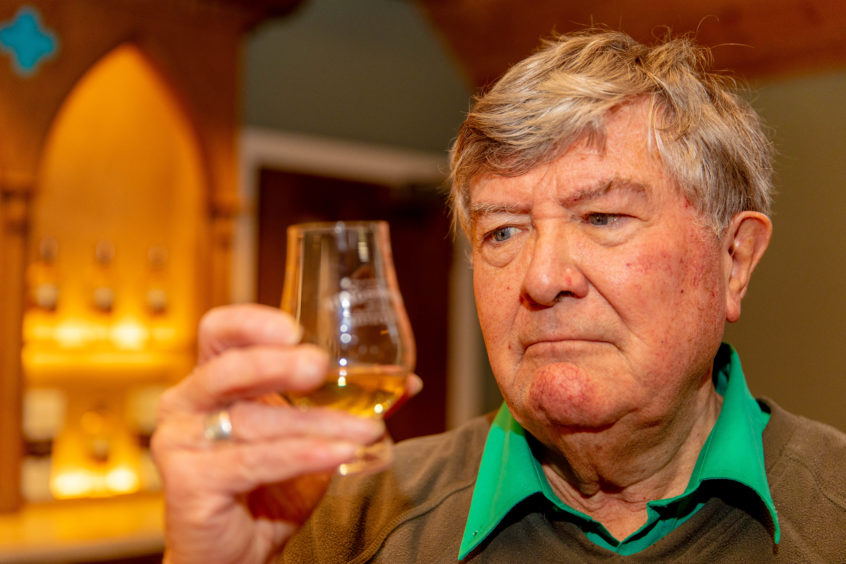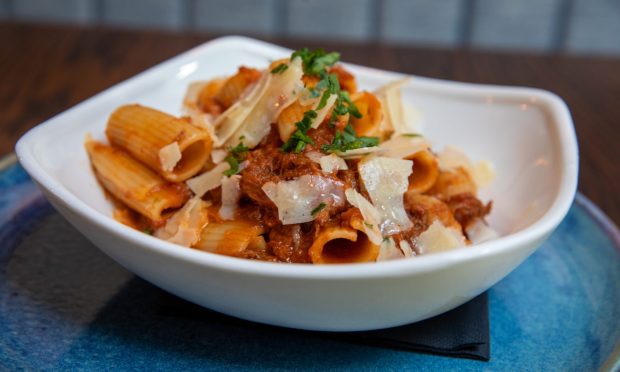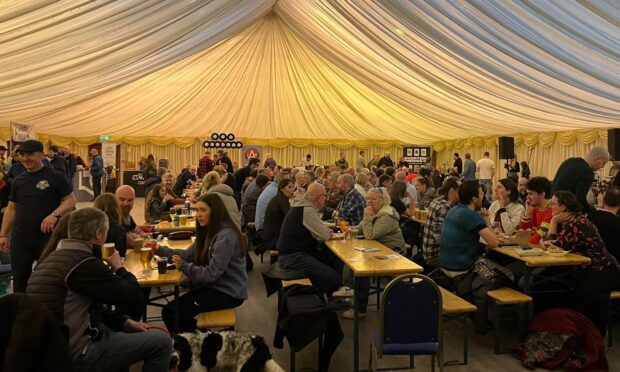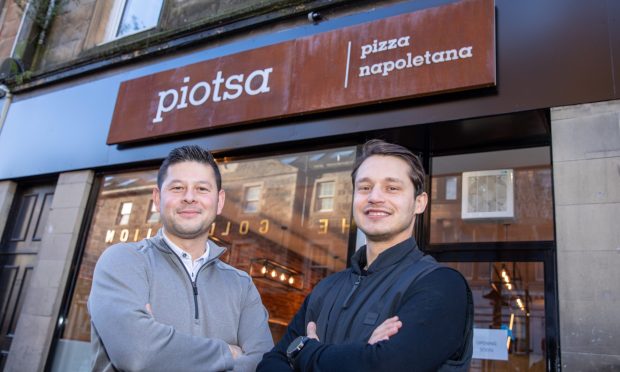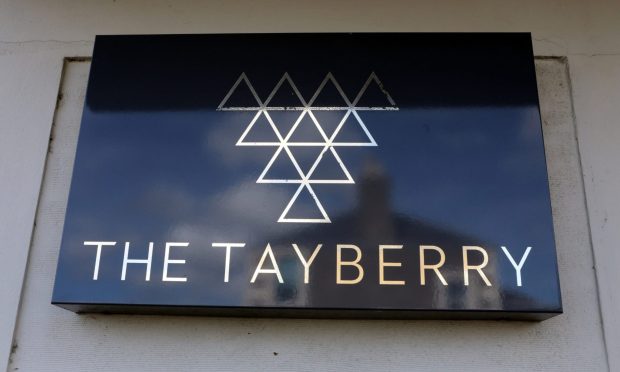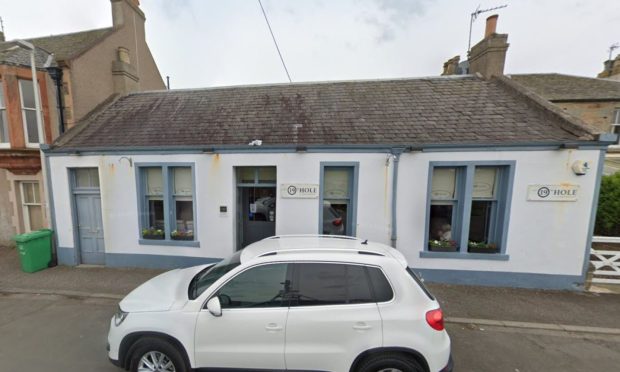Brian Townsend writes regularly about whisky for The Courier’s food and drink magazine, The Menu. Here he looks at the state of the industry in the early 1900s…
Amber Lights has been on the go for 10 years now, and they have been a very enjoyable decade for me.
Not because I have been swamped with myriad bottles to sample (I think in 10 years I have received 11-12 bottles, virtually all miniatures), but because of the fascinating corners of the industry and its history I’ve wandered into over that time.
I also recall that when I started Amber Lights, a colleague commented, “You’re doing a column on whisky? You’ll be lucky to last three months.”
Well, here we are nine years and nine months on, and Amber Lights is still on the go. True, I have occasionally gone over old ground or repeated the odd anecdote, but I haven’t made a habit of it.
Amid the impact of the coronavirus, it struck me that the Spanish flu epidemic of 1917-20, blamed for anything from 50 to 500 million deaths worldwide, might have hit the Scotch whisky industry. But is there any evidence?
Spanish flu certainly didn’t originate in Spain, but Spain was the only major country where the press could report on it. It was rife in the combatant countries of the 1914-18 War, but wartime censorship kept it from public knowledge.
Its origins are disputed. One theory blames a pig and poultry farm attached to a US Army training base in Kansas, and troops took the infection to Europe.
Another, now disregarded, theory was it stemmed from 96,000 Chinese labourers brought to Europe to work behind the lines. Whatever its origins, the flu eventually spread worldwide, even to remote Pacific islands.
The global peak came in October 1918, when millions died, and it is thought the pandemic, plus many other factors, led to Germany seeking the armistice signed on November 11, 1918.
It is probable Spanish flu did affect the Scotch industry, but as one of many hammer blows suffered at the time.
Wartime barley restrictions, followed by US Prohibition, steep duty rises, the 1920 Scots referendum on prohibition, plus many skilled distillery employees killed in the trenches, all added to its woes.
One possible example is a Brechin distillery mothballed from March 1918 to September 1921. And there were countless others, too numerous to list.
